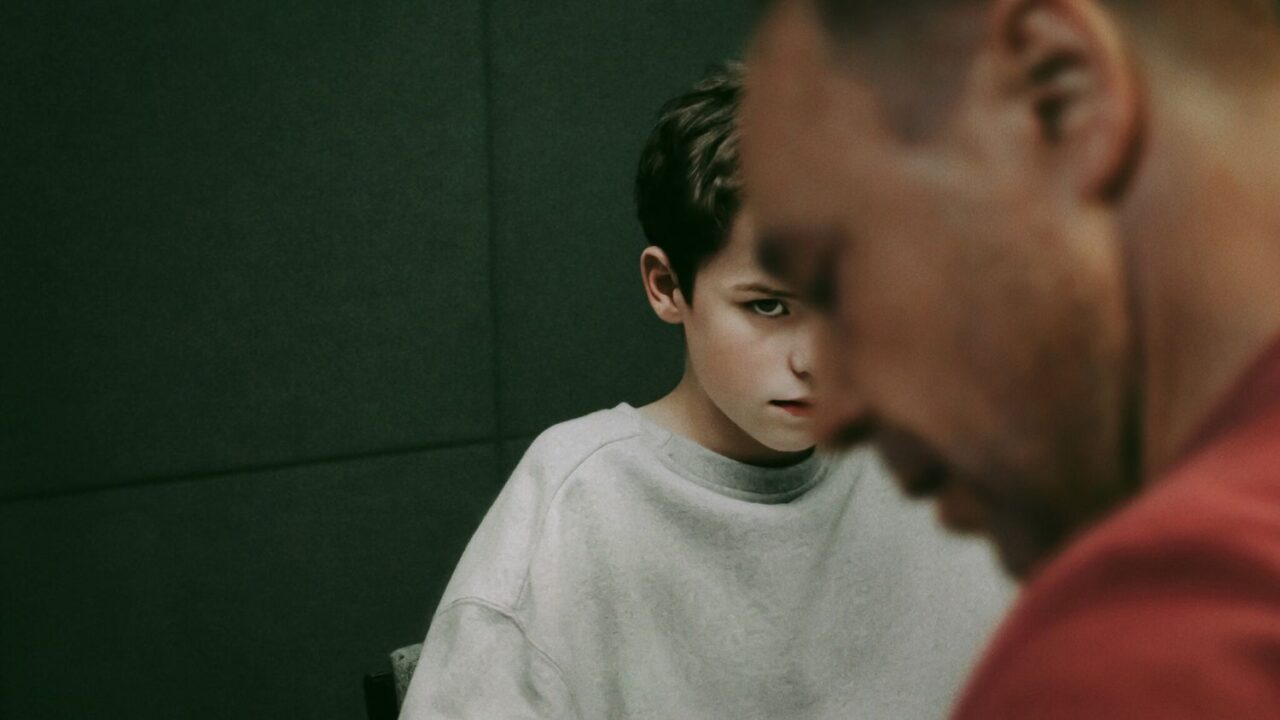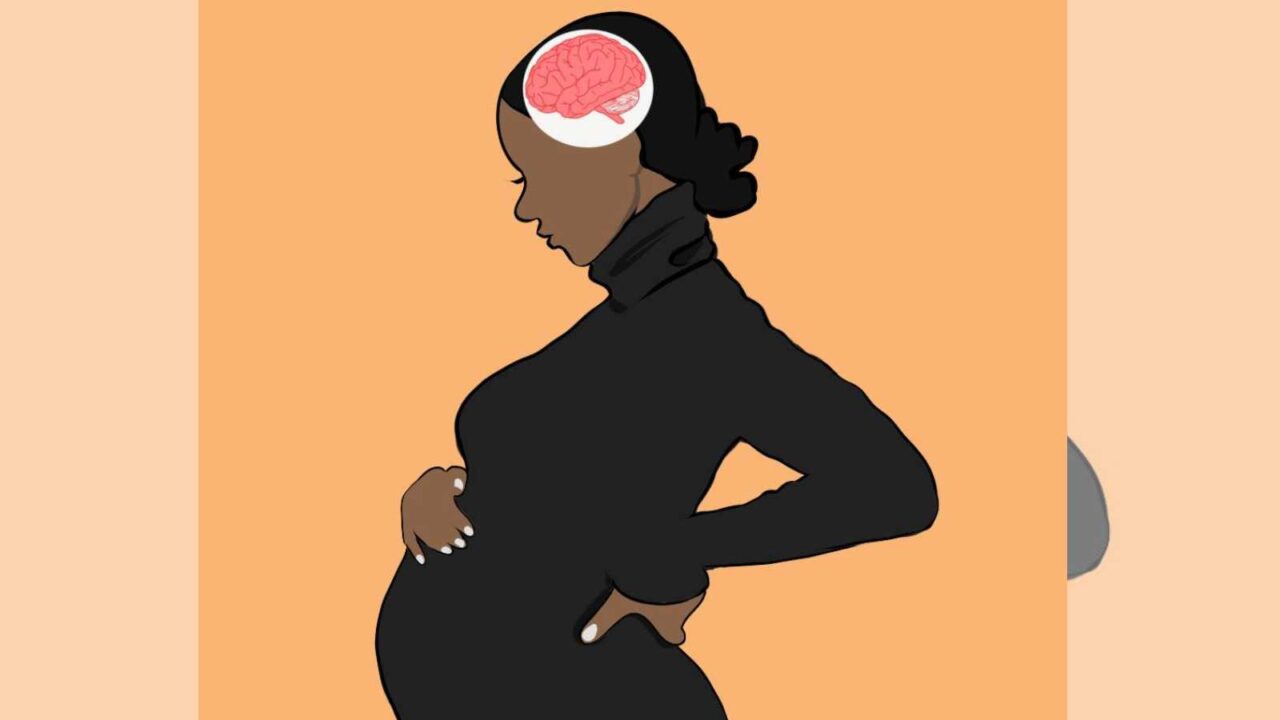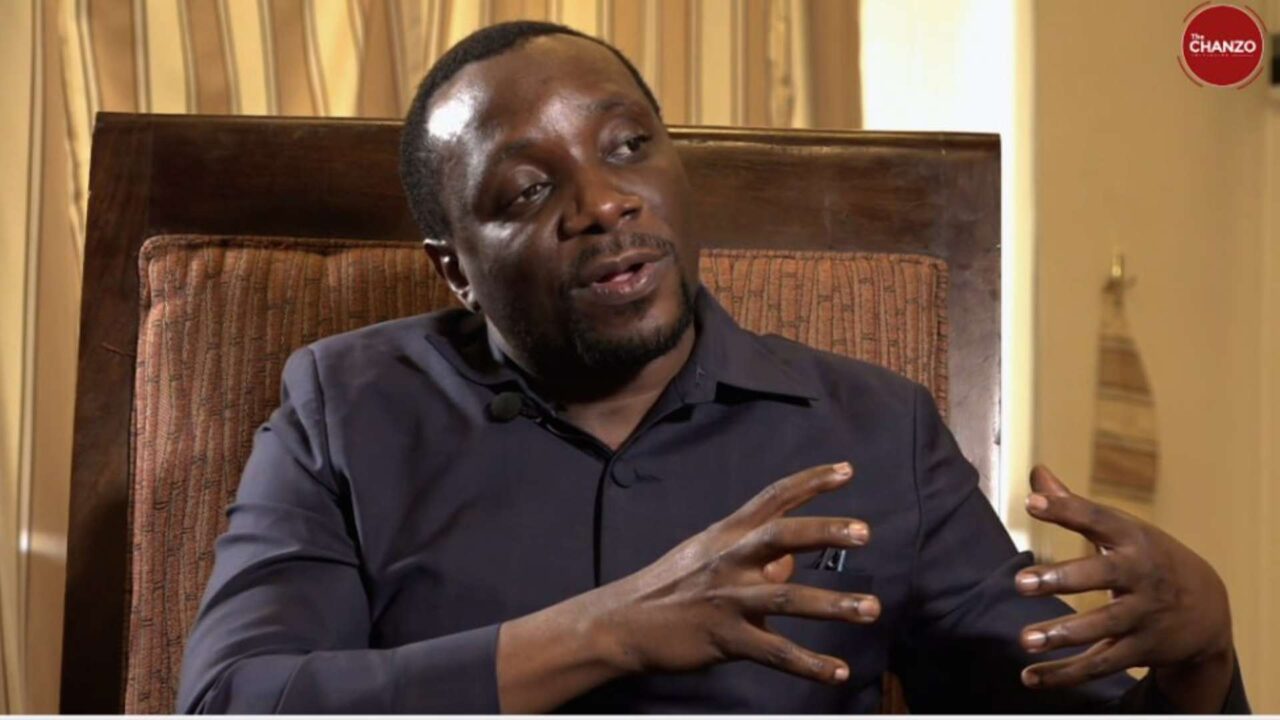For the umpteenth time, much to the chagrin of his supporters, Raila Odinga has crossed the floor to join hands with the government of the day.
Recently, the ODM leader exuded confidence that President William Ruto’s new broad-based government will live up to Kenyans’ expectations, announcing that his party has members who will help the President deliver on his pledges. This comes, he says, after President Ruto disbanded the Cabinet and requested capable individuals to assist him in delivering his promises to the people.
Mr Odinga is seen as the political heir to his father, Jaramogi Odinga. Jaramogi was Kenya’s first vice-president after independence but walked out of the government in 1966 after falling out with then-leader Jomo Kenyatta.
This rift was rooted in ideological differences, with Jaramogi favouring closer ties with the Soviet Union and China, while Kenyatta preferred an alliance with the US and other Western powers. The tension between them culminated in Jaramogi’s imprisonment for 18 months until his release in 1971.
Raila Odinga’s own political journey has been marked by similar struggles and detentions. He holds the record for being Kenya’s longest-serving detainee. His resistance against the one-party dictatorship saw him detained twice during Daniel Arap Moi’s regime.
Initially imprisoned for his alleged involvement in a coup attempt in 1982, Odinga emerged as a formidable figure on the national stage. A decade later, despite the introduction of multi-party democracy, he repeatedly failed in his presidential bids, often claiming electoral fraud.
READ MORE: Kenyan Youth Are Writing History With Their Protests That Go Beyond Tribal Divisions
The 2007 election marked one of the darkest chapters in Kenya’s history, as Odinga accused then-President Mwai Kibaki of stealing the election. The post-election violence that followed resulted in 1,200 deaths and about 600,000 people being displaced.
Mediation led by former UN chief Kofi Annan saw Odinga become prime minister in a coalition government, though his relationship with Kibaki was fraught with “supremacy wars.”
Alliances with Uhuru, Ruto
In the 2017 election, Odinga lost to Uhuru Kenyatta but won a significant victory in the Supreme Court, which nullified the results due to widespread irregularities. However, he boycotted the re-run, citing the failure to ensure a level playing field. Despite his boycott, Kenyatta was re-elected, leading Odinga to declare himself “the people’s president” in a symbolic move.
The 2018 reconciliation between Odinga and Kenyatta, known as the “handshake,” marked a significant political shift. This rapprochement led to the “Building Bridges Initiative” (BBI), which aimed to make far-reaching constitutional changes, including reviving the post of prime minister in an expanded executive structure.
Despite the High Court ruling against the BBI, the alliance between Odinga and Kenyatta persisted, with Kenyatta endorsing Odinga over his own Deputy President, William Ruto, in the 2022 election.
Ruto’s victory in the 2022 election was contested by Odinga’s team but upheld by the Supreme Court. In 2023, Odinga led protests against the high cost of living, which government supporters dismissed as a ploy to cause chaos after his electoral defeat.
However, in late 2023, Odinga had a secret meeting with President Ruto in Kisozi, Uganda, brokered by President Yoweri Museveni, leading to another “handshake.” This new political arrangement saw Odinga campaigning for the African Union Commission (AUC) chair position, effectively sidelining his criticism of the government.
READ MORE: Risks to Kenya’s Non-NATO Ally Status With Uncle Sam
The opposition was then left more or less gutted as ODM had the most seats and any meaningful clout in the opposition coalition, Azimio.
Following the Kenyan parliament’s passing of the 2024/2025 budget, protests erupted in June of 2024, but this time without Odinga’s influence. Parliament was breached on June 25, and protestors entered the senate chambers. This left the Ruto administration shaken to its core, and some changes were announced.
The biggest gains were the withdrawal of the finance bill, the sacking of the entire cabinet and the disbandment of the office of the spouse of the prime cabinet secretary, with a promise to cut the budgets of the office of the spouses of the president and the deputy president.
However, these gains were quickly reversed three weeks later with the announcement of a broad-based government in which Raila Odinga and his ODM party reached an understanding with Ruto. Some of the cabinet secretaries initially sacked were reappointed and vetted by parliament, and they have since been sworn in at the time of writing.
Joining them are some new faces and five politicians who were officials in the ODM party. The party’s members of parliament still insist they are the opposition party and have nominated new members to take up the positions of minority leader and minority whip vacated by Opiyo Wandayi and John Mbadi.
It is also expected that deputy party leaders Hasan Joho and Wycliffe Oparanya will have others named in their stead by the party. They are former Governors who, until their nominations, held no political positions. This move, amidst a brutal crackdown on protesters by the state, has left many of his supporters and former allies feeling betrayed.
Ideology versus reality
Raila Odinga’s recent political manoeuvres have sparked intense reactions from Kenyans and his former comrades. The shock of ODM joining the Kenya Kwanza government, especially when state forces were actively suppressing protests, has disillusioned many.
READ MORE: ‘We Shouldn’t Share Our Poverty’: Will Ruto’s Visit Improve TZ-Kenya Relations?
Odinga’s historical image as a reformer and agitator for justice is now seen in stark contrast to his current alliances. The fact that Odinga has behaved similarly in the past, notably during the post-election violence periods, is overshadowed by the immediate context and framing of these events.
It seems Odinga has mastered the game of campaigning in populist poetry and then governing, unofficially, in hard prose, rationalising these actions as a form of pragmatism. The narrative this time, like it was told in 2018, is that when warring elites come together, it is for the nation’s good, as peace will be achieved.
And even though the trickle-down peace approach may have been plausible in past instances where the opposition called the protests, the 2024 protests erupted organically, and participants keep insisting they are leaderless.
For so long, the state’s playbook has been that whenever there are protests, Raila and his allies are to be talked out of it and coopted into government. This time, however, Raila already had an agreement to go slow on the government by virtue of campaigning for the AUC post.
However, Ruto doubled down on the playbook, giving him and his allies more power. Odingaism, as a movement and ideology, has various contradictions, stemming not only from moral inadequacies but also philosophical ones.
Broader spectrum
In the Odingaist worldview, the focus is often on single institutions rather than the whole system. While the fight for electoral justice and the independence of the IEBC is crucial, it is equally important to address the broader spectrum of democratic institutions and processes.
Police brutality is condemned, and the judiciary is occasionally lauded, but critiques of economic policies, diplomatic relations, education, and other systemic issues are sparse and lack depth.
READ MORE: Activist Mdude Nyagali Reportedly Prevented From Leaving Tanzania for Kenya
Though ODM has consistently positioned itself as a party offering superior candidates, its impact in successive parliaments has been diminishing. The ideological and philosophical clarity that once defined Odinga’s movement is becoming increasingly obscure. Apart from the call for an expanded executive, ODM has brought forth little in terms of substantive alternative policies or ideas.
Odinga’s recent political decisions, especially his alliance with Ruto, underscore a fundamental contradiction. While he advocates for free and fair elections, his frequent “handshakes” suggest that his primary interest is ensuring a fair power negotiation among political elites. This focus on elite peace over true democratic justice highlights the limitations of Odingaism as both an ideology and a practice.
Odingaism’s internal contradictions are emblematic of the broader challenges facing Kenya’s political landscape. Raila Odinga’s historical role as a reformer and agitator is now juxtaposed against his pragmatic alliances and political manoeuvres.
As Kenyans grapple with rising living costs and systemic injustices, the need for a consistent and principled approach to governance becomes increasingly critical.
Otieno Arudo is a Kenyan-based writer and analyst. He is available at mesharudo111@gmail.com or on X as @meshmwandishi. The opinions expressed here are the writer’s own and do not necessarily reflect those of The Chanzo. If you are interested in publishing in this space, please contact our editors at editor@thechanzo.com.




